I’m a mom. I’m a feminist. I’m a therapist for women. I am a feminist mom wholeheartedly. And yet i am faced with that beautiful vulnerability of being flawed like anyone else: I am burning out.
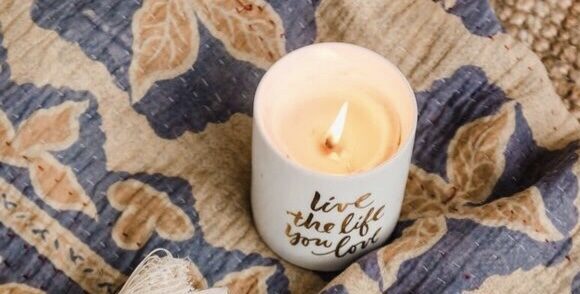 My little flame is wavering a bit.
My little flame is wavering a bit.
It is not lost on me that i am a therapist who supports new parents, especially mothers, with the transition into parenthood. And i can’t help but feel the grasp of imposter syndrome that I too am immersed in the impact of Impossible Parenting. I do all the things i suggest to others. That’s not the point – in fact, it’s much bigger than me and what i can do for myself. As i grapple with parenting my children in real life, and in public, i feel a self-imposed burn of pressure to be Mary Poppins perfect – what kind of model am i to others if i too am struggling to keep my kids’ (and my) shit together at the Grocery store? Ugh – the pressure can be too much, and then i seek out my self-compassionate voice and breathe a bit better. I love the lists of ways to heal from mom burn-out, but those are band-aid solutions and not touching on the root of the problem.
I chose to be a parent, i wanted kids and i love the idea of the matrescence rite of passage. And yet, part of me wonders if this is all it is?
I love my life. I really do. This isn’t a passive aggressive way to try to get a message to my partner. (though this open letter to dads is great!). I also recognize my vast privilege as a white cis gendered woman who is able-bodied and partnered to a cis man who i love and have a healthy relationship with, where both of us have permanent work.
And yet…
I’m so tired. And irritable. And cranky. For a while, I thought it was work overload then I wondering if I’m not practicing what i preach with work/life balance. So i read some books, slowed down some evenings, met up with friends here and there, did less work after-work hours. And still…i was crabby.
I love the work of Esther Perel that reminds us how we put on our good work pants for work, only to take them off when we get home. Then proceed to show our own family our more authentic and messy side. Like I should still be wearing my nice pants all day, or at least notice how i present my good side only at work.
At first, i thought ‘oh oh’ I’m not being so kind to my family and felt self-critical of my own internalized want to have it all at the same time. I was sad with myself for putting work first, and being tired by the end of the day, when my kids needed me. And then i realized, “huh, what is playing a role in me feeling this way.’ Surely it’s not just my own doing.
I think I’m more right about that side of the coin.
A few weeks ago, i had to point out to my beloved dependents that people come to see me on purpose to help them when they are sad or stuck with a hard feeling and decision. And yet, my kids will yell over me to keep arguing with each other. For a while, i would be ashamed that I could not be able to help them de-escalate or regulate their feelings – that’s what i do ALL DAY long at work after all. I realized then and there that maybe i am better at helping others who want to be supported, and that my kids need me in a different way.
Sure, i know they need me to model self-soothing behaviour and emotion regulation. Sure I have the tools – i even make a real toolbox for them.
I’ve begun to resent weekends. Sure, i practice what i preach – i take time for myself in the evening and don’t always do the dishes, unpack lunch bags, put stuff away. Sometimes i watch a show by myself or write articles like this one… And feel guilty about it. The idea of a mini mom vacation sounds decadent and yet i know it’s just a band-aid solution.
I do live from a family-centred place and attachment theory is my jam. I get hugs and love from my family, even a thank-you and I’m sorry sometimes. I don’t want to be worshipped per say, but to be more appreciated and noticed would be great. What i need is less work and chores and tasks and requests and and and..
I love all the articles on social media that remind us of the mental load of mother’s work (and yes it’s quite gendered still, and also still seen under the umbrella of women’s work). I’m glad we are acknowledging this burden and current iteration of sexist division of labour. Motherhood is still tasked by the same glass ceiling that we feminists fought for some many years ago. I wish i could turn off the brain thinking part of the mental load of mothering. Yes, it’s a verb now too.
For instance, here’s a run-down of some things that i carry in a given week:
* I once woke up in middle of night to pack a swimsuit for my kid’s class – i went to bed knowing i forgot something!
* I keep the health cards even though I now hate the sight of blood (and I learned that after my son fell off a tree into a river on a vacation and needed stitches – that i wanted to get him but my partner’s didn’t think were necessary)
* On that note, i wake up through the night whenever my kids move, or cough, or cry out
* i am a sous-chef that knows my son only likes raw veggies and tomato soup and my daughter hates the idea of sandwiches
* I have to get the rascals out of bed while he makes lunches – yes I’m grateful he makes lunches because it’s a yucky job, but what’s easier?
* I know exactly how to pour their juice in the morning so that one is not jealous that the other got more to juice (not to drink it mind you, but you know “fairness”)
* I coordinate playdates for the weekends that I work or it’s not my turn to take a day off for a PA Day
* I know what their favourite socks are and where to find them
* I know when they have homework, or class trips, or birthday parties and send in the forms and RSVPs
* I book childcare for the 4-times-a-year date nights
* I know when the birthdays are of their friends!
* I feel guilty when i am at work on a Saturday or can’t make it to them if the school calls mid-day
* I know when the tooth fairy is going to visit and save the coin for that night
* I have forgotten twice and felt so shitty
There is no such thing about a maternal instinct. You read that right – there is NOT one but rather we are taught and learn how to be moms. Who reading this has babysat at a young age, or was taught how to mend socks and buttons, or what is best for a sore tummy since you were a child yourself? Yes i do know that men of my generation may have learned this too, but are they doing all the other things too? Do they stay up thinking about all this too? When we list what we do and thing about, especially during that 3rd shift of labour in a day, do our partners say “i took out the trash, or changed the litter box.” Yes thank you sweet lover, but do you also wake up worrying about your kid’s strained friendships or start planning their birthday party 2 months ahead of time?
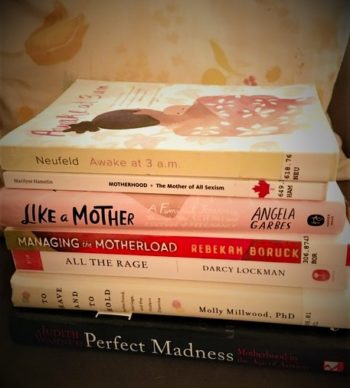 Just look at all the books dedicated to this – they all are geared to mommy blog readers, or mommy mojo sex fullfillment, or mama rage. And guess who reads these books and articles? Yup, moms and women. So, while I’m a glass half-full gal at the best of times, I’m not so sure this will change.
Just look at all the books dedicated to this – they all are geared to mommy blog readers, or mommy mojo sex fullfillment, or mama rage. And guess who reads these books and articles? Yup, moms and women. So, while I’m a glass half-full gal at the best of times, I’m not so sure this will change.
Don’t get me wrong, i read all those books and enjoy most of them. This photo is just some of the books i am reading right now, in fact. My partner has yet to finish one parenting book – but he chose a good one so I’m glad he has that under his belt. And i do love my self-identified label of mom. I even loved it was the first word of both my babies. And yes, i identify as a mother, not a parent. Go figure. I even loved it was the first word of both my babies.
And again, i will remind you that i love my partner dearly, our relationship is absolutely solid, and he is a very hands-on, active, and available dad to my our children. This is about him nor needing to change our roles, gendered or not. It is bigger than just us. I am so grateful for all my partner does. The homemade bookcases and winter tires and …
And yet…
(( written by a tired and grumpy Middle Aged perimenopausal woman ))




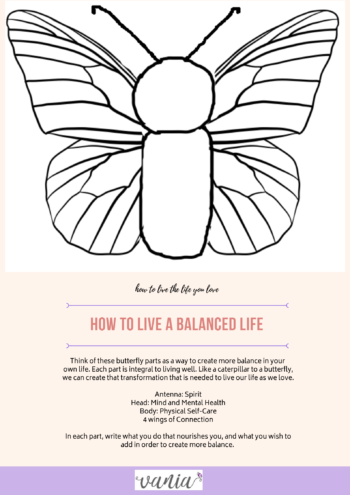
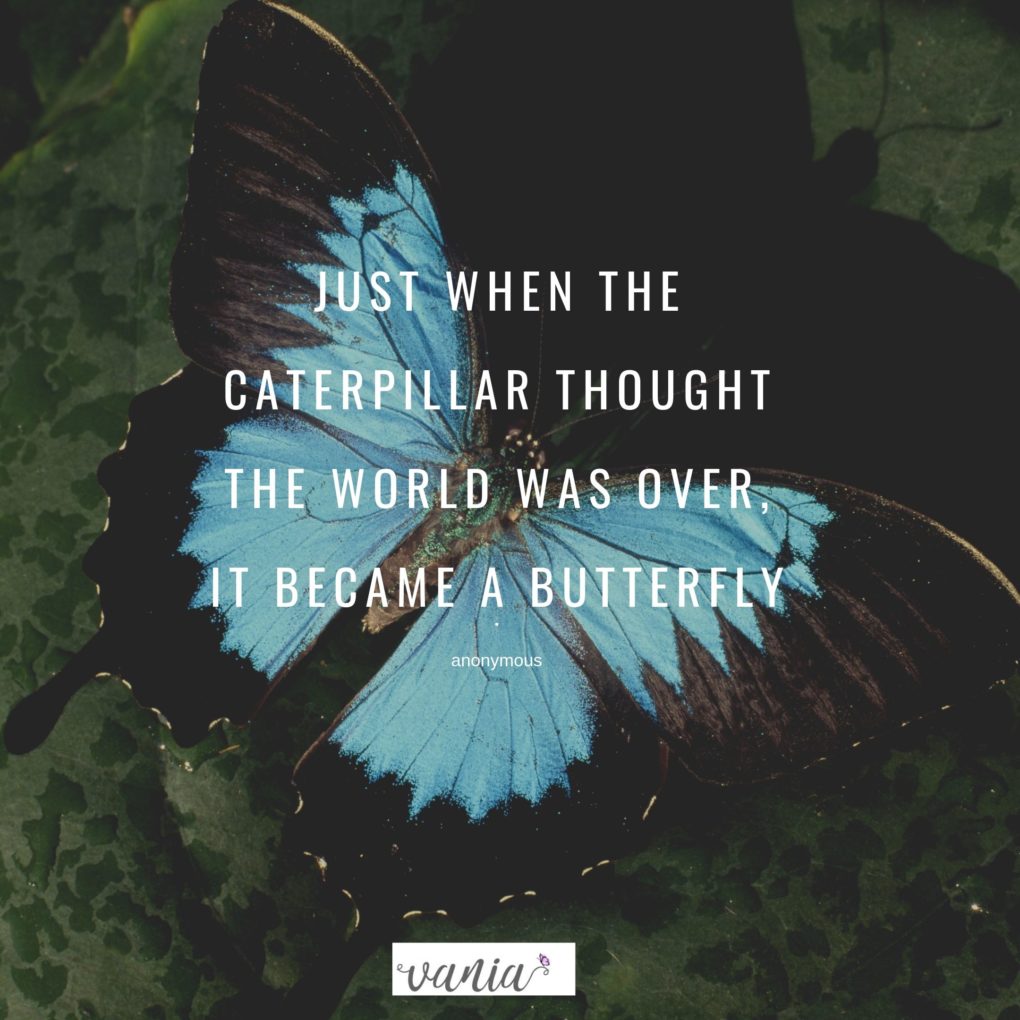 I love what I do. It may sound strange to think that I enjoy listening to people share their hard feelings, but what I also see is their healing process and transformation. I’m not so vain to think i made a difference, but rather I was there to bear witness to their own change. Going to therapy is still a taboo topic, as we have not accepted mental health needs support like any other forms of health does.There has been a lot of movement towards accepting therapy, both for people to go to someone for help, as well as a bigger societal shift in accepting that a therapist can help someone feel better, just like a dentist, doctor, or nutritionist can. Instagram has an amazing selection of therapists who use that tool as a way of sharing resources for free.
I love what I do. It may sound strange to think that I enjoy listening to people share their hard feelings, but what I also see is their healing process and transformation. I’m not so vain to think i made a difference, but rather I was there to bear witness to their own change. Going to therapy is still a taboo topic, as we have not accepted mental health needs support like any other forms of health does.There has been a lot of movement towards accepting therapy, both for people to go to someone for help, as well as a bigger societal shift in accepting that a therapist can help someone feel better, just like a dentist, doctor, or nutritionist can. Instagram has an amazing selection of therapists who use that tool as a way of sharing resources for free. 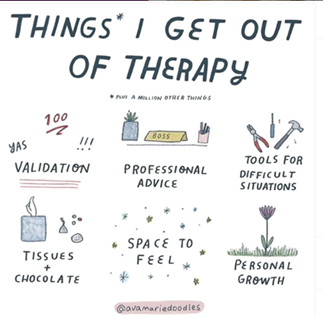 Some of my favourite words as a therapist are vulnerability, feelingful, courage, curious, compassion, resilience, and reflection. I have a toolkit of resources, tools, worksheets, and exercises to guide you in this process. Therapy is goal-based and an opportunity to establish tools and resources, work on the painful memories, and integrating them into your everyday life now. The ultimate goal for therapy is that it helps you live the life you love so that you no longer need to come to therapy.
Some of my favourite words as a therapist are vulnerability, feelingful, courage, curious, compassion, resilience, and reflection. I have a toolkit of resources, tools, worksheets, and exercises to guide you in this process. Therapy is goal-based and an opportunity to establish tools and resources, work on the painful memories, and integrating them into your everyday life now. The ultimate goal for therapy is that it helps you live the life you love so that you no longer need to come to therapy.